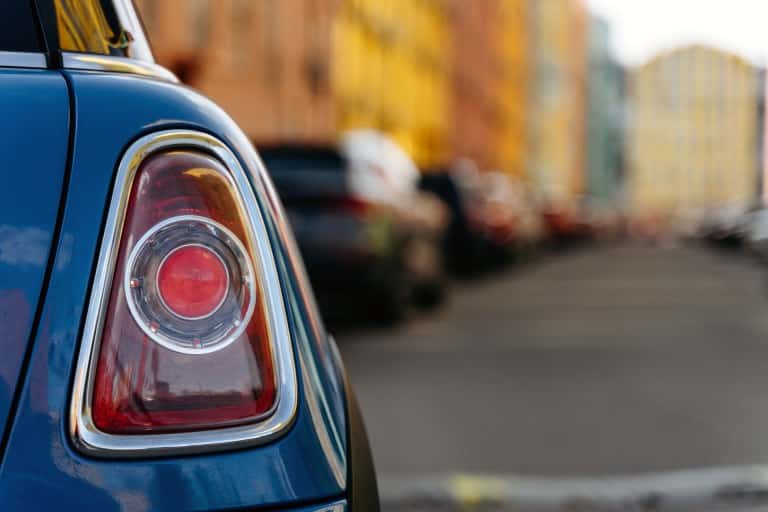Driving in the right lane or using indicators to signal a manoeuvre may seem like standard driving practices, but with so many people forgetting some of the basics all too often, it’s time to change the trend for the better.
Indicate to others. Being polite to others is a social trend. And that, in driving, translates, for example, into using the turn signals to indicate our intention to change lanes, to overtake, to turn, to stop to the right … In short, to perform a manoeuvre without surprising or startling other road users, be it a driver, cyclist, motorcyclist, pedestrian or new users of VMP.
Right is the lane. It is not the usual thing, but the leaders have always been characterised by leaving the established ‘lane’. And on the road that can mean driving on the right. If we all did it, overtaking on the highway would be easier and we would avoid dangerous manoeuvres by those who are in a ‘hurry’, stalkers and other ‘owners’ of the road. And by driving in the left and / or central lane without need is reducing the road capacity to a third (if it is 3 lanes) and promoting dangerous manoeuvres. Set a trend: drive in the right lane.
Calm for traffic. Since May 11, the implementation of the 30 kilometre per hour limit in the streets of a single lane in each direction to calm traffic has had such contagious effect that many municipalities decided to advance the entry into force or extend it to all their roads. And it is that the 30 and the “slow” movement have become a trend. With all that it entails: more circulation of bicycles and VMP, more trips on foot, less accidents and less serious outcomes.
Fit tyres. Tyres are essential for braking. Its condition (minimum 1.6 mm deep) and pressure (indicated by the manufacturer) are essential. Check for irregular wear, lumps, cracks or flats … After 8 years, maximum, they must be replaced (the rubber loses flexibility). A tire with a worn tread adds 6% to the stopping distance.
Digital licence and much more. Download the official DGT app (miDGT). Not only will you have on your mobile, for the purposes of checks by the Guardia Civil, your driving licence, but a whole series of notices about traffic, advice and access to all the documents that the DGT has about you and your vehicle (ITV, expiration date of the permit …).
I’m driving. Android, iOS, 4G, 5G, with 7 megapixels or 30, with a camera or two … but what really sets the trend on mobile phones is installing one of those apps that, when we get behind the wheel, notify incoming calls that we are driving. So that the driver is not distracted. Do not forget that a third of accidents in Spain are caused by distractions, among which those due to mobile phones stand out.
Infocar: reporting in real time. E -traffic is a map in which, automatically and in real time, the information collected by the DGT through traffic cameras, weather stations, Guardia Civil or Civil Protection reports appears. These appear as icons that indicate the type of incident (retention, work, traffic restriction, rain, fog …), how it affects the section (from black to green) and even –if the camera icon appears -, shows the real situation on the road. You can choose between Spanish, Catalan, Basque, Galician, Valencian, English and French and filter the type of incident. A tab gives access to information on incidents forecast for the next few days up to two weeks in advance.
The post
Good education is also a trend first appeared on
N332.es - Driving In Spain.





